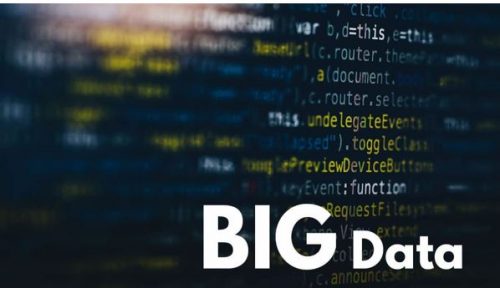
Big data is a critical component to making business decisions that impact everything from company growth to customer engagement. As the business world becomes predominantly digital, analytics rest at the forefront of this change. This article defines how business and data overlap in an attempt to provide you with clarity on this groundbreaking dynamic.
Explaining The Process
Remember the story of the man who never washed his dishes? That is essentially what would happen if data cleaning wasn’t around to clean up the mess. Data piles up like dirty dishes until companies cannot address the data on their own. To avoid the clutter, data analytics give businesses a way to wash their dishes regularly. The function of analyzing data is to clean data space and to present the most valuable information that companies can use to market. The second job of analyzing information is to make sifting through data easier to do.
VoyanceHQ software detects trends that show businesses what to look out for in terms of target customers, sales projections, and other relevant information.
3 Parts of Data Analysis
There are many different parts of data analysis that aid in the protection, trend detection, and general projections of data and information. Here are three fundamental aspects of data analysis that you’ll need to know for a broad understanding:
- Form Data Insights: Using a combination of smart networking, resources, and data collection, data analysis formulates insights that give businesses a way to value their data by categorizing it into trends and classifications. Analytics built-in to the software are used to gather information and develop insights that businesses can then use to market. For businesses, forming data insights is critical to getting sales numbers up, and it’s never been easier to do with the trends automatically identified. Moreover, companies should convert these data to help their businesses thrive. Through a data valuation report, they can identify the exact worth of these assets and determine if it’s worth investing in.
- Form Visual Data: Once data analysis is conducted, graphics are created to show how the data can be presented Depending on the scope of the data, viewers will be able to review their data in a graph, chart, table, or another visual format. Again, spotting trends become even easier for businesses looking for their next big idea. Teams can quite literally review what “tops the charts” and respond accordingly.
- Ensure Safety: The process is also in place to detect any unusual activity. Any traces of unusual data is sent over and reported, and protective properties are activated to offset any threats. Keeping your data safe and protected ensures that businesses can get on with their work without fear of data breach or liability.
Simplifying Trend Detection
Data simplifies the analysis and guesswork of detecting trends out of customer information. With the right software and tools in place, data science does the work for businesses to do what they do best and promote their products and services once they receive the data insights.
There is no longer a need for trial and error when analytics show businesses precisely what to look out for, giving them the foundation for further ideas in business growth.
Interesting Related Article: “What is Alternative Data and Why Should Investors Consider it?“

